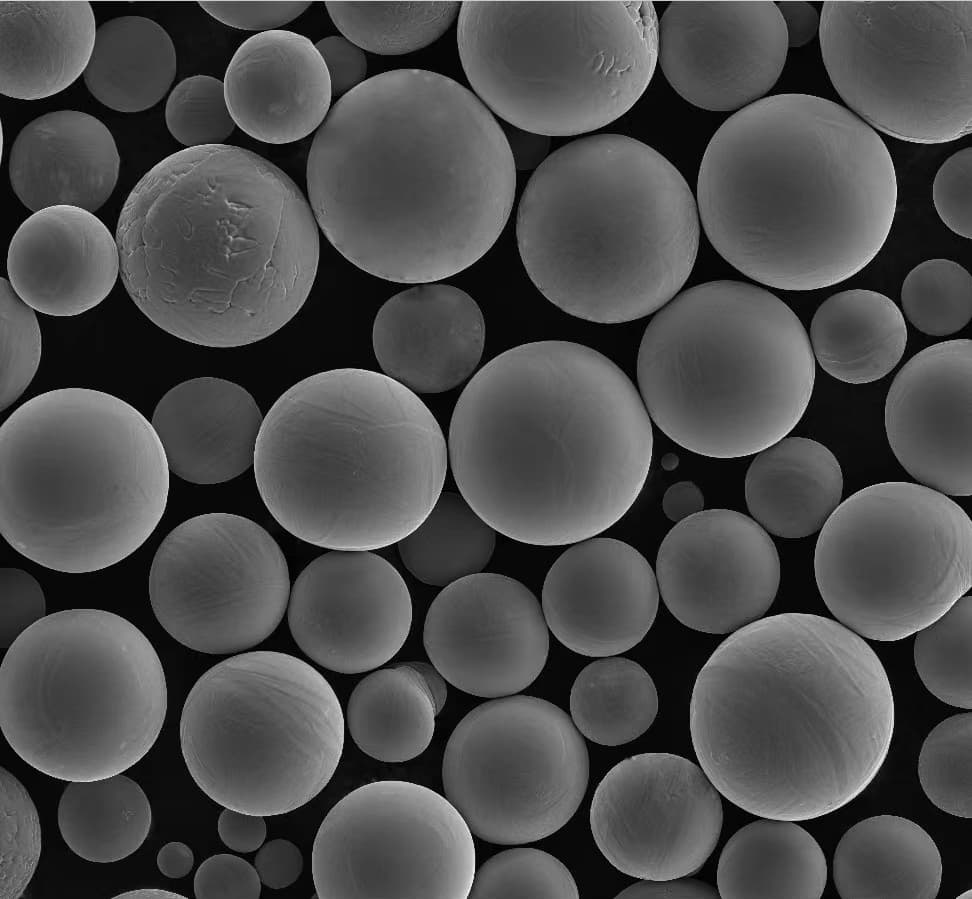3D printing Equipment: The role of optical systems
Table of Contents
Imagine yourself wielding a magic wand, conjuring complex objects into existence layer by layer. That’s the essence of 3D printing, a technology rapidly transforming countless industries. But behind the scenes, a lesser-known hero plays a crucial role in achieving this precision: the optical system.
In this comprehensive guide, we’ll delve into the fascinating world of 3D printing optics, exploring their types, functions, and the impact they have on your final printed masterpiece. Buckle up, and get ready to see the world of 3D printing through a whole new lens (pun intended)!
The Role of Optical Systems in 3D Printing
Traditional manufacturing techniques often rely on subtractive processes, carving away material to create the desired shape. 3D printing, however, takes the opposite approach – it’s additive. The printer meticulously builds the object layer by layer, guided by a digital blueprint. But how does it know exactly where to place each tiny bit of material? Enter the optical system.
Think of the optical system as the 3D printer’s eyes. It directs the energy source, whether it’s a laser beam, light source, or electron beam, with pinpoint accuracy onto the printing platform. This precise control dictates where the material solidifies, ultimately shaping your 3D creation.
The accuracy and resolution of the optical system directly translate into the quality and detail of your printed object. A high-resolution system can create incredibly intricate features, whereas a lower resolution system might result in a rougher finish.

There are Two Main Types of Optical Systems Used in 3D Printing:
- Galvanometer Scanners (Galvo Scanners):
Imagine a high-speed mirror reflecting a laser beam across the printing platform. That’s the basic principle behind Galvo scanners. These systems utilize two rapidly oscillating mirrors, one controlling the X-axis movement and the other controlling the Y-axis. By precisely controlling the mirrors’ angles, the laser beam is directed to specific points on the platform, defining the outline of each layer.
- Advantages: Galvo scanners offer exceptional speed, making them ideal for high-throughput 3D printing applications. They’re also relatively compact and cost-effective.
- Disadvantages: The accuracy of Galvo scanners can decrease with increasing print area. Additionally, they might struggle with complex geometries that require sharp corners or intricate details.
- Stereolithography (SLA) Scanners:
Unlike Galvo scanners, SLA scanners use a different approach. They project a digital image of each layer onto the printing platform using a projector or a laser beam and a moving mirror combination. This image acts as a stencil, curing a specific region of the photosensitive resin.
- Advantages: SLA scanners offer superior accuracy and resolution compared to Galvo scanners. This makes them perfect for printing highly detailed objects with smooth surface finishes.
- Disadvantages: SLA scanners tend to be slower than their Galvo counterparts. Additionally, the light source can degrade over time, impacting print quality and requiring replacement.
Choosing the Right Optical System
The best optical system for your 3D printer depends on your specific needs. Here are some key factors to consider:
- Print Speed: If speed is your priority, a Galvo scanner might be a good choice.
- Print Accuracy and Resolution: For highly detailed prints, an SLA scanner is the way to go.
- Print Area: The size of objects you plan to print can also influence your decision.
- Cost: Galvo scanners generally have a lower upfront cost compared to SLA systems.
A Look at Advanced Optical Systems
The world of 3D printing optics is constantly evolving. Here’s a glimpse into some exciting advancements:
- Multi-beam Systems: These systems utilize multiple lasers or light sources, significantly increasing printing speed while maintaining high resolution.
- Digital Micromirror Devices (DMDs): DMDs are tiny mirrors arranged in an array. By individually controlling each mirror, these systems achieve incredible resolution and can even project multiple images simultaneously, enabling complex multi-material printing.
- Bioprinting Applications: Specialized optical systems are being developed for bioprinting, a field that creates functional human tissues and organs. These systems require high precision and control to manipulate delicate biomaterials effectively.
The Impact of Optical Systems on Functionality
The influence of optical systems goes beyond simply shaping the object. Here are some additional ways they play a crucial role:
- Material Curing: The type of optical system can influence how effectively the material cures. For example, SLA systems use specific wavelengths of light to solidify photosensitive resins.
- Layer Thickness: The resolution of the optical system dictates the minimum achievable layer thickness. Thinner layers translate into smoother surface finishes and finer details in the final print. However, printing with very thin layers can also increase printing time.
- Multi-Material Printing: Some advanced optical systems can be used for multi-material printing. By employing multiple light sources or manipulating the beam properties, different materials can be selectively cured within the same layer, creating objects with unique properties and functionalities. Imagine printing a prosthetic hand with a flexible, rubbery grip and a rigid, bone-like structure for support – all in one go!
Future of 3D Printing Optics
The future of 3D printing optics is brimming with exciting possibilities. Here are a few trends to keep an eye on:
- Adaptive Optics: Imagine an optical system that can adjust itself in real-time to compensate for slight variations in the printing platform or material properties. This would ensure consistently high-quality prints regardless of external factors.
- AI-powered Optimization: Artificial intelligence is poised to play a bigger role in 3D printing. By analyzing real-time data from the optical system, AI algorithms could optimize printing parameters for each layer, further enhancing accuracy and efficiency.
- Hybrid Systems: Combining the strengths of different optical technologies could be a game-changer. For instance, a system that utilizes both Galvo scanners for speed and SLA projectors for detail could offer the best of both worlds.

FAQ
Table 1: Frequently Asked Questions about 3D Printing Optical Systems
| Question | Answer |
|---|---|
| What are the different types of optical systems used in 3D printing? | The two main types are Galvo scanners and Stereolithography (SLA) scanners. Galvo scanners offer speed, while SLA scanners provide superior accuracy and resolution. |
| Which optical system is right for me? | It depends on your priorities. Consider factors like print speed, accuracy, print area, and cost. |
| What are some advantages of multi-beam systems? | They significantly increase printing speed while maintaining high resolution. |
| What are Digital Micromirror Devices (DMDs) used for in 3D printing? | They achieve incredible resolution and can even project multiple images simultaneously, enabling complex multi-material printing. |
| How do optical systems impact material curing? | The type of optical system can influence how effectively the material cures. For example, SLA systems use specific wavelengths of light to solidify photosensitive resins. |
Conclusion
Optical systems are the silent workhorses of the 3D printing world. By precisely directing energy and controlling material curing, they play a vital role in shaping our ideas into reality. As technology continues to evolve, these unsung heroes will become even more sophisticated, pushing the boundaries of what’s possible with 3D printing. So, the next time you marvel at a complex 3D-printed object, remember the silent heroes behind the scenes – the remarkable world of 3D printing optics.
Share On
MET3DP Technology Co., LTD is a leading provider of additive manufacturing solutions headquartered in Qingdao, China. Our company specializes in 3D printing equipment and high-performance metal powders for industrial applications.
Inquiry to get best price and customized Solution for your business!
Related Articles
About Met3DP
Recent Update
Our Product
CONTACT US
Any questions? Send us message now! We’ll serve your request with a whole team after receiving your message.

Metal Powders for 3D Printing and Additive Manufacturing
COMPANY
PRODUCT
cONTACT INFO
- Qingdao City, Shandong, China
- [email protected]
- [email protected]
- +86 19116340731


















